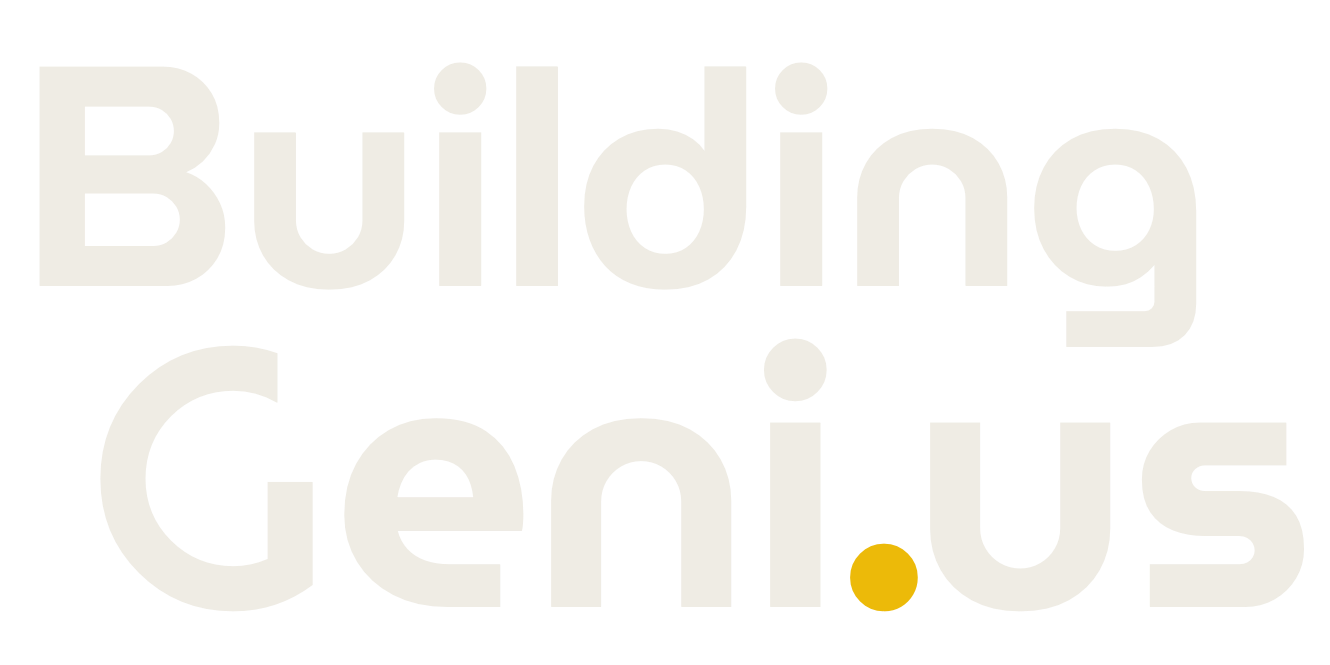Our team recently completed LEED for Homes Platinum certification for The Grinnell, a 63-unit affordable housing project in Berkeley, California developed by Satellite Affordable Housing Associates (SAHA). The project was named after a peregrine falcon that lived atop UC Berkeley's Campanile.
Achieving 80 LEED points, this project really knocked it out of the park! Here are some reflections on our work.
1. Ventilation is important (and hard):
 State building codes are becoming more sophisticated in requiring how fresh air is supplied to apartments. While the industry standard has long been exhaust only ventilation, The Grinnell is an example of advanced ventilation practices. Filtered fresh air is supplied to each apartment from centralized systems on the roof. This is in turn balanced by exhaust only fans in the bathrooms. In commissioning these systems, our field teams found out just how hard it is to achieve true balance in airflow with this type of system. Through persistence and hard work, the systems were brought into compliance with the design, and we are proud to report that every apartment meets the code standard. We are pleased that the residents will benefit greatly from continuous filtered fresh air.
State building codes are becoming more sophisticated in requiring how fresh air is supplied to apartments. While the industry standard has long been exhaust only ventilation, The Grinnell is an example of advanced ventilation practices. Filtered fresh air is supplied to each apartment from centralized systems on the roof. This is in turn balanced by exhaust only fans in the bathrooms. In commissioning these systems, our field teams found out just how hard it is to achieve true balance in airflow with this type of system. Through persistence and hard work, the systems were brought into compliance with the design, and we are proud to report that every apartment meets the code standard. We are pleased that the residents will benefit greatly from continuous filtered fresh air.
2. Commissioning matters:
Our team coordinated the work of various testing and verification parties, including a commissioning (Cx) agent, HERS Rater, and test and balance (TAB) balancing teams, making sure our client got the building design they paid for. This took extra time and caused some friction at closeout! We are proud of all the parties for getting the job done and believe that we brought extra value to the owner through this effort. Our trusted Cx partner Harrison Thomas Group and HERS Rater John Tao were critical to making this happen.
3. Airtightness has multiple benefits:
The Grinnell received an additional LEED point for enhanced compartmentalization, meaning that each apartment was tested to meet above code thresholds of air sealing. This feature helps ensure that HVAC systems perform as designed. In addition, compartmentalization is smoke-proofing, helping protect residents when outdoor air quality is bad from wildfires or general urban pollution. Finally, air tightness helps keep odors from moving between units. This achievement required close coordination between the contractor, James E Roberts Obayashi, and their subcontractors.
As of January 1, 2026, compartmentalization will be required for all new multifamily projects
in California no matter which ventilation system is chosen (under the current 2022 code, compartmentalization is not required for buildings with balanced ventilation systems). Once again, state code has caught up to LEED, and once again our clients are well positioned to achieve better outcomes before this becomes mandatory. Learn more about compartmentalization and other upcoming changes here.
We are also thrilled to announce that Laken Allen is now a fully certified LEED for Homes Green Rater, and proud that this project is the first to be certified in her name! No doubt there are many more to come given her skillsets and high level of professionalism.
In closing, this project is a great example of what we do well: delivering top performing buildings that not only win the awards but also support the health of the residents for many years to come. Visitors and residents of The Grinnell can learn more about the building's namesake from the lobby signage created by Argus:































